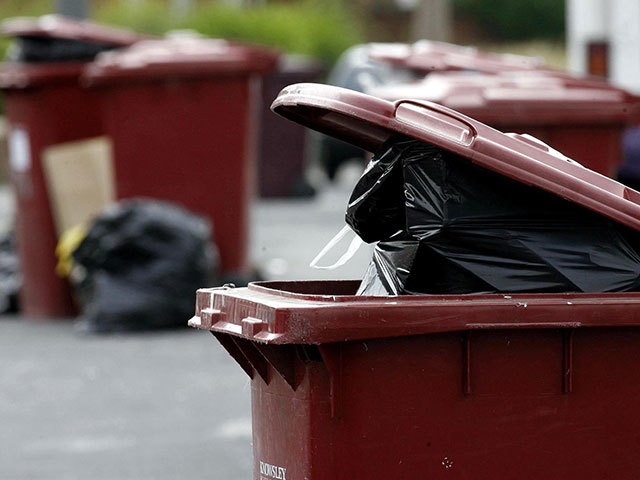
The anaerobic digestion (AD) industry is set to double in size over the next two years, according to research by Scottish Renewables.
AD refers to the generation of electricity by producing gas from vegetable peelings, paper and other organic material that has been rotted in a chamber.
Sixteen of these plants operate in Scotland with 24 more with planning approval following the rise in food waste from businesses which, from the beginning of the year, have been required to separate food waste.
Stephanie Clark, policy manager at Scottish Renewables, said: “Food waste is a source of fuel for anaerobic digesters, and we expect that an increase in the amount of food waste collected by local authorities will now lead to a significant increase in the number of AD plants in Scotland.
“The food waste is being diverted from landfill where it would have rotted and produced polluting methane gas. Instead, the waste is broken down by micro-organisms and converted into energy, providing electricity and heat to homes and businesses and reducing carbon emissions.”
Scottish authorities currently pick up 8,000 tonnes of household food waste every year and this figure could rise to 72,000 tonnes if all 32 councils roll out weekly food waste collection schemes.
In response, an anaerobic digestion centre in Cumbernauld has been set up by Scottish Water to collect local food waste.
Alan Scott, financial director if Scottish Water said: “Since the launch of our anaerobic digestion facility at Deerdykes near Cumbernauld in 2010 we have recycled approximately 80,000 tonnes of food waste, transforming it into renewable energy and natural fertiliser.”
Another digester was constructed near Stornoway on the Isle of Lewis in 2006 to process household and commercial food waste from both the Isle of Lewis and the Isle of Harris.
Councillor John MacKay, chair of Transportation and Infrastructure at West Isles Council said: “The plant processes 3,000 tonnes of organic waste each year, diverting this waste from landfill and producing over 260,000 kWhs of electricity.”
Recommended for you
